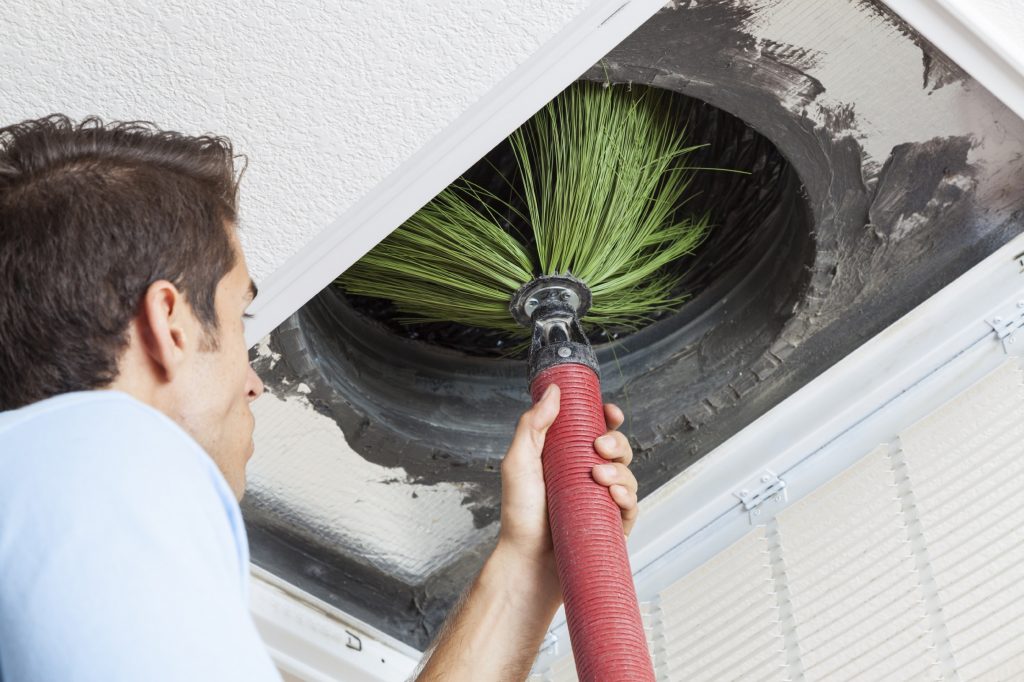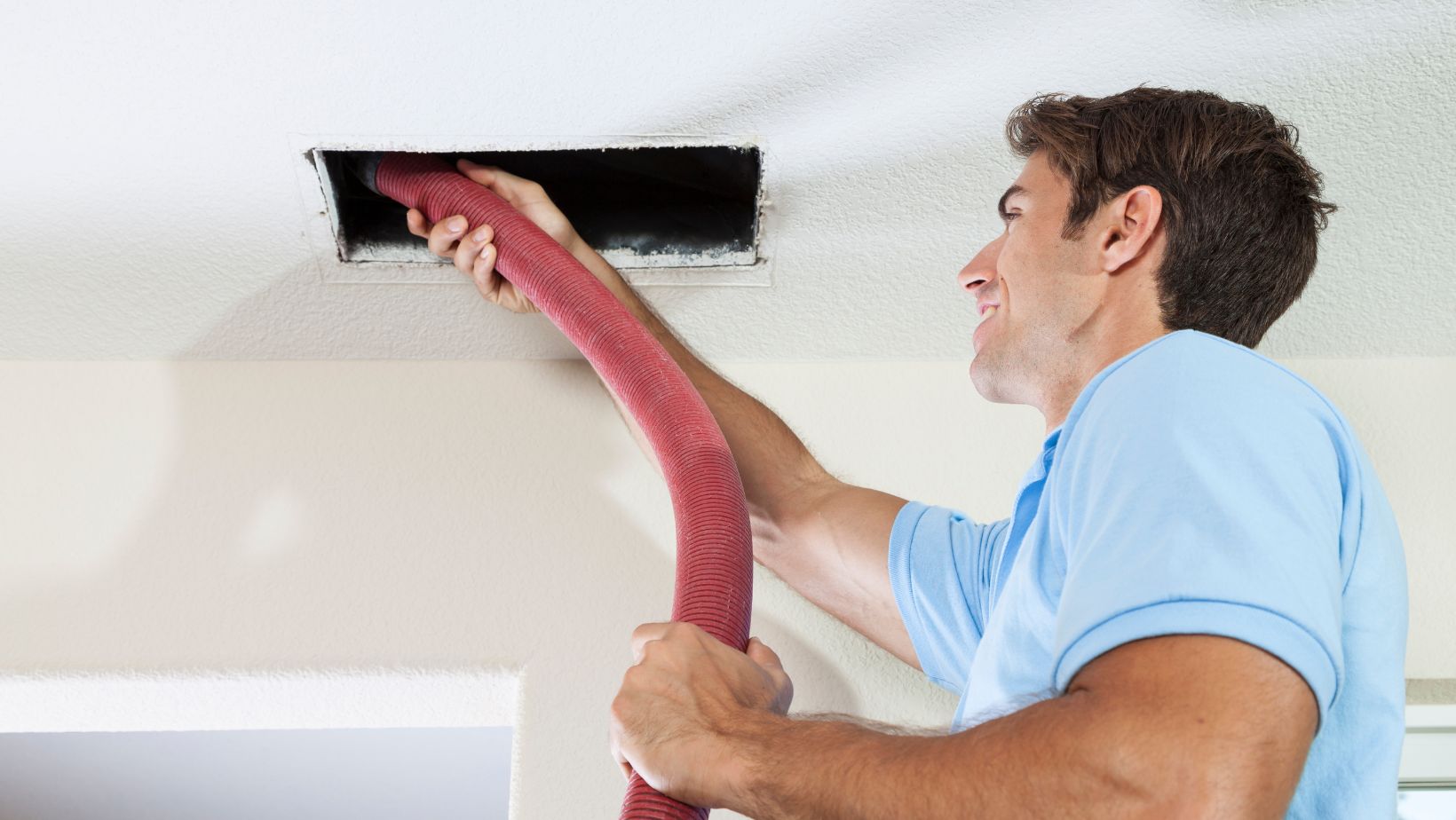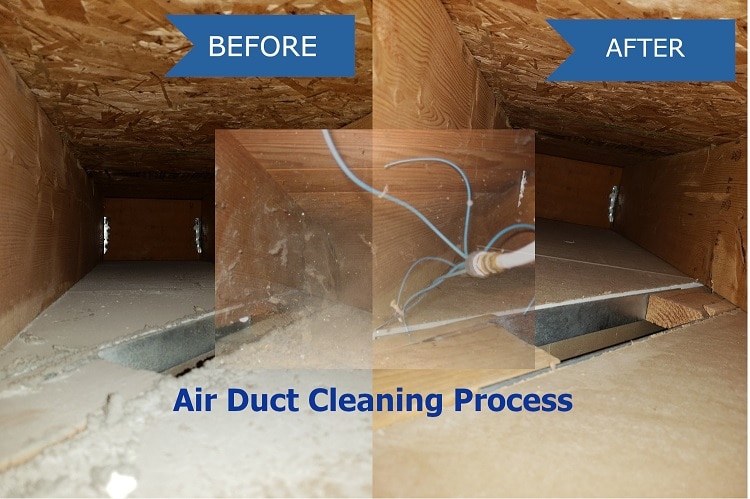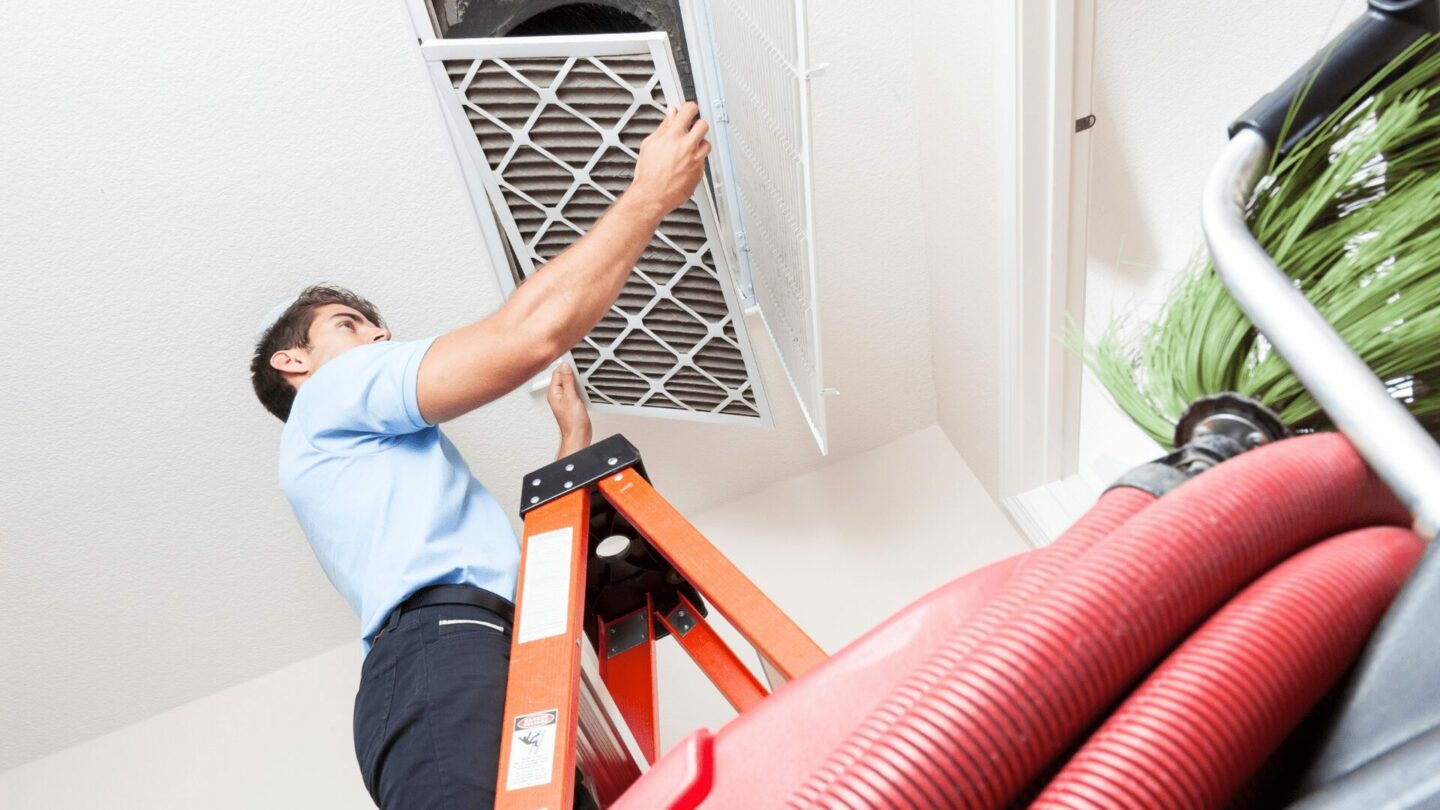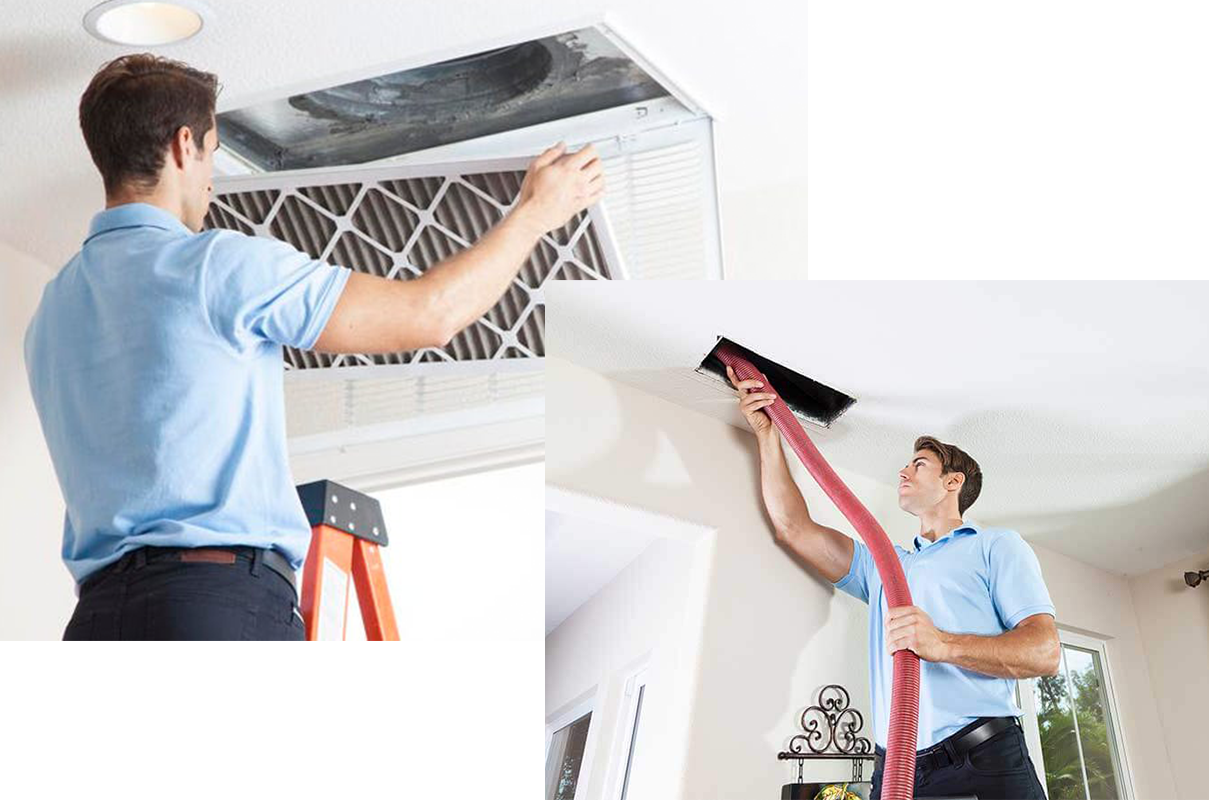How Are Air Ducts Cleaned Professionally

Frequently Asked Questions About Professional Air Duct Cleaning
Air duct cleaning is a vital part of maintaining a healthy and efficient HVAC system. But what exactly does it involve, and is it worth the investment? Here are some of the most common questions homeowners and facility managers have about professional air duct cleaning.
Question 1: Why Should I Get My Air Ducts Cleaned?
There are several compelling reasons to consider professional air duct cleaning. Over time, your air ducts accumulate dust, pollen, pet dander, mold spores, and other contaminants. These pollutants can circulate throughout your home or building, affecting the air quality and potentially triggering allergies, asthma, and other respiratory issues.
- Improved Air Quality: Removing contaminants from your air ducts significantly improves the air you breathe, creating a healthier indoor environment.
- Reduced Allergens and Irritants: Duct cleaning can help alleviate allergy and asthma symptoms by removing common allergens and irritants trapped in your ductwork.
- Enhanced HVAC System Efficiency: Dirty air ducts can restrict airflow, forcing your HVAC system to work harder to heat or cool your space. Cleaning your ducts can improve efficiency and potentially lower energy bills.
- Odor Removal: Lingering odors can be trapped in your air ducts. Cleaning can help eliminate these odors and create a fresher-smelling environment.
- Pest Removal: Sometimes, rodents or insects can find their way into ductwork. Professional cleaning can remove these pests and any associated debris.
Ultimately, professional air duct cleaning promotes a healthier, more comfortable, and energy-efficient living or working environment.
Question 2: How Do Professionals Clean Air Ducts? What's the Process?
Professional air duct cleaning is a multi-step process that requires specialized equipment and expertise. Here's a general overview of what you can expect:
- Inspection: A thorough inspection of your ductwork using video inspection equipment is performed to assess the level of contamination and identify any potential problems, such as leaks or damage. This allows the technician to tailor the cleaning process to your specific needs.
- Preparation: The HVAC system is turned off to prevent further contamination during the cleaning process. Protective coverings are placed over vents and registers to contain dust and debris.
- Source Removal: This is the core of the cleaning process. Professionals use specialized tools like rotary brushes, air whips, and HEPA-filtered vacuum systems to dislodge and remove contaminants from the interior surfaces of your air ducts.
- Rotary brushes are inserted into the ducts and spun to loosen debris.
- Air whips use compressed air to dislodge dust and dirt from hard-to-reach areas.
- HEPA-filtered vacuum systems provide powerful suction to capture and remove the dislodged contaminants, preventing them from re-circulating in your home or building.
- Cleaning HVAC Components: The air handler, blower motor, and other HVAC components are also cleaned to remove accumulated dust and debris. This ensures the entire system is free of contaminants.
- Sanitization (Optional): In some cases, a sanitizing agent may be applied to the interior of the ducts to kill bacteria, mold, and other microorganisms. This is typically done when there's evidence of mold growth or concerns about bacterial contamination. It's important to ask what type of sanitizing agent will be used and ensure it is safe for your home or building and its occupants.
- Sealing (Optional, but Recommended): If leaks or damage are identified during the inspection, duct sealing may be recommended to improve energy efficiency and prevent future contamination. Sealing helps to maintain consistent temperature throughout the building and reduce utility costs.
- Final Inspection: A final inspection is performed to ensure the ducts are thoroughly cleaned and all equipment is properly reinstalled.
Important Note: Always choose a reputable and experienced air duct cleaning company that uses industry-standard techniques and equipment. Ask about their certification and insurance before hiring them.
Question 3: How Often Should I Have My Air Ducts Cleaned?
There's no one-size-fits-all answer to this question. The frequency of air duct cleaning depends on several factors, including:
- Lifestyle: Homes with pets, smokers, or occupants with allergies or respiratory issues may require more frequent cleaning.
- Location: Homes located in areas with high pollen counts or construction activity may also benefit from more frequent cleaning.
- HVAC System Age and Condition: Older systems or systems that haven't been properly maintained may accumulate more dust and debris.
- Recent Renovations or Construction: Dust and debris from construction projects can easily contaminate air ducts.
As a general guideline, it's recommended to have your air ducts inspected every 2-3 years and cleaned as needed. However, if you notice any of the following signs, it's a good idea to schedule a cleaning sooner:
- Visible dust or debris around vents and registers.
- Musty or unpleasant odors coming from your vents.
- Increased allergy or asthma symptoms.
- Uneven heating or cooling throughout your home.
- Unexplained increase in energy bills.
Your HVAC professional can provide personalized recommendations based on your specific circumstances.
Question 4: How Long Does Air Duct Cleaning Take?
The duration of air duct cleaning depends on the size of your home or building, the complexity of your ductwork, and the level of contamination. A typical air duct cleaning for a residential home can take anywhere from 2 to 5 hours. Larger homes or buildings with more extensive ductwork may take longer.
During the initial inspection or consultation, the air duct cleaning company should be able to provide you with a more accurate estimate of the time required for your specific project.
Question 5: How Much Does Professional Air Duct Cleaning Cost?
The cost of air duct cleaning can vary depending on several factors, including:
- Size of Your Home or Building: Larger homes or buildings with more ductwork will generally cost more to clean.
- Complexity of the Ductwork: Complex ductwork with multiple levels or hard-to-reach areas may require more time and effort, increasing the cost.
- Level of Contamination: Heavily contaminated ductwork may require more extensive cleaning, which can also increase the cost.
- Services Included: The price may vary depending on whether the cleaning includes sanitization, duct sealing, or other additional services.
- Location: Prices can vary depending on the geographic location and local market rates.
As a general estimate, you can expect to pay anywhere from $300 to $1000 or more for professional air duct cleaning for a typical residential home. It's important to get quotes from multiple companies and compare the services included to ensure you're getting the best value for your money. Be wary of extremely low prices, as they may indicate substandard service or hidden fees.
Always ask for a detailed quote that outlines the services included and any potential additional charges before hiring an air duct cleaning company.
Question 6: How Do I Choose a Reputable Air Duct Cleaning Company?
Choosing the right air duct cleaning company is crucial for ensuring a thorough and effective cleaning. Here are some tips for finding a reputable provider:
- Check for Certification: Look for companies certified by the National Air Duct Cleaners Association (NADCA). NADCA certification indicates that the company has met certain standards for training, equipment, and ethical conduct.
- Read Online Reviews: Check online review sites like Google, Yelp, and Angie's List to see what other customers have to say about the company's services.
- Ask for References: Ask the company for references from previous customers. Contacting these references can give you valuable insights into the company's quality of work and customer service.
- Verify Insurance and Licensing: Ensure the company is properly insured and licensed to operate in your area. This protects you in case of any accidents or damages during the cleaning process.
- Get a Detailed Quote: Obtain a detailed quote that outlines the services included and any potential additional charges. Make sure you understand the terms and conditions before signing any agreement.
- Ask About Their Cleaning Process: Inquire about the company's cleaning process and the equipment they use. A reputable company should be able to explain their process clearly and answer your questions confidently.
- Avoid Companies That Use Bait-and-Switch Tactics: Be wary of companies that offer extremely low prices or use high-pressure sales tactics. These companies may try to upsell you on unnecessary services or provide substandard work.
By following these tips, you can find a reputable air duct cleaning company that will provide you with a thorough and effective cleaning, improving the air quality and efficiency of your HVAC system.
Question 7: Will Air Duct Cleaning Disrupt My Home or Business?
While air duct cleaning does involve some disruption, a professional company will take steps to minimize the impact on your home or business. Here's what you can expect:
- Noise: The cleaning process can be noisy, especially when using vacuum systems and air compressors.
- Dust: While the cleaning company will take precautions to contain dust, some dust may escape during the process. They should use HEPA-filtered vacuums to minimize dust dispersal.
- Access: The technicians will need access to your air ducts, which may require moving furniture or other items.
- Downtime: Your HVAC system will need to be turned off during the cleaning process, which may cause temporary discomfort depending on the weather.
A reputable air duct cleaning company will communicate clearly about the potential disruptions and take steps to minimize them. They should also clean up any mess created during the process and leave your home or business as clean as possible.
Communication is key. Discuss any concerns or specific needs with the company before the cleaning begins.
